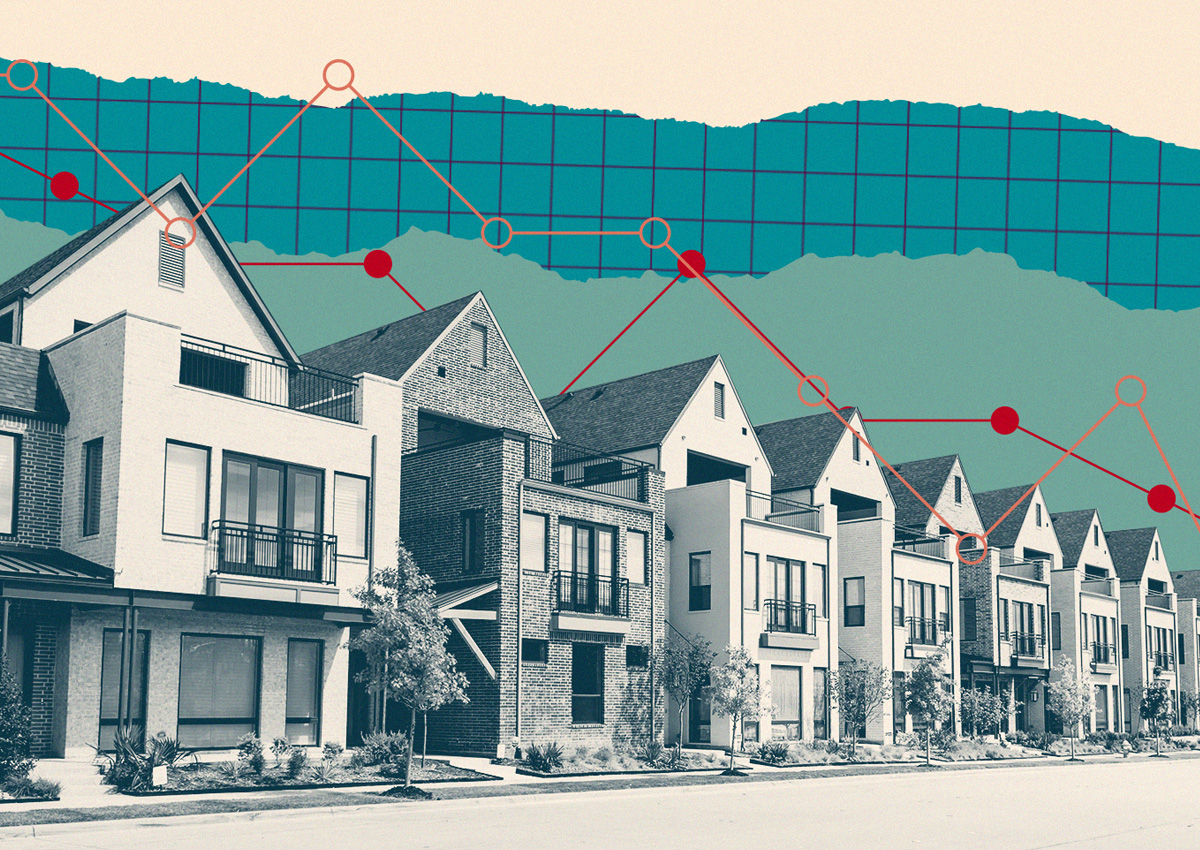Dallas-Fort Worth saw a spike in new home sales in the past few months, while sales of existing homes showed relative weakness.
Builders in the region sold 14,397 new homes from April through June, marking a 4.7 percent increase compared to the same period last year. However, 8,750 existing single-family homes were sold in June, which was down 4 percent year-over-year, the Dallas Morning News reported, citing Residential Strategies, North Texas Real Estate Information Systems and the Texas Real Estate Research Center at Texas A&M University.
Buying activity picked up in the second quarter after rate hikes and a murky economic climate put would-be buyers in wait-and-see mode toward the end of last year. With housing inventory slim in DFW after the post-pandemic boom, sales surged once new homes were built.
“Everybody’s had to rev up their start machine again to replace that inventory,” Residential Strategies principal Ted Wilson told the outlet.
Mortgage rates are still high, but builders are reaching into their bag of tricks, offering discounts and incentives, including rate buy-downs. That’s where builders can pay a portion of a home’s cost upfront to lower the interest rate, essentially discounting the property without changing the asking price.
Construction activity cooled in DFW last year, but now builders are chugging along to add much-needed housing supply.
The DFW market is still relatively cool for existing home sales. More than 18,000 homes were on the market in June, far fewer than what would be considered balanced between buyers and sellers, the outlet said.
Average days on the market were 41 in June, and the sales price average was 97.6 percent of the asking price. The number of active listings rose 16 percent year-over-year due to homes sitting on the market longer, while new listings dropped 22 percent because of low inventory and high interest rates.
Yet, the shift to more of a buyer’s market can be seen as a good thing, Plano-based Compass agent Matt Haistings told the outlet.
“I’m happy that buyers have a certain degree of negotiability and more leverage shifted a little back toward them in the transaction than we had a year ago,” he said.
—Quinn Donoghue
Read more



